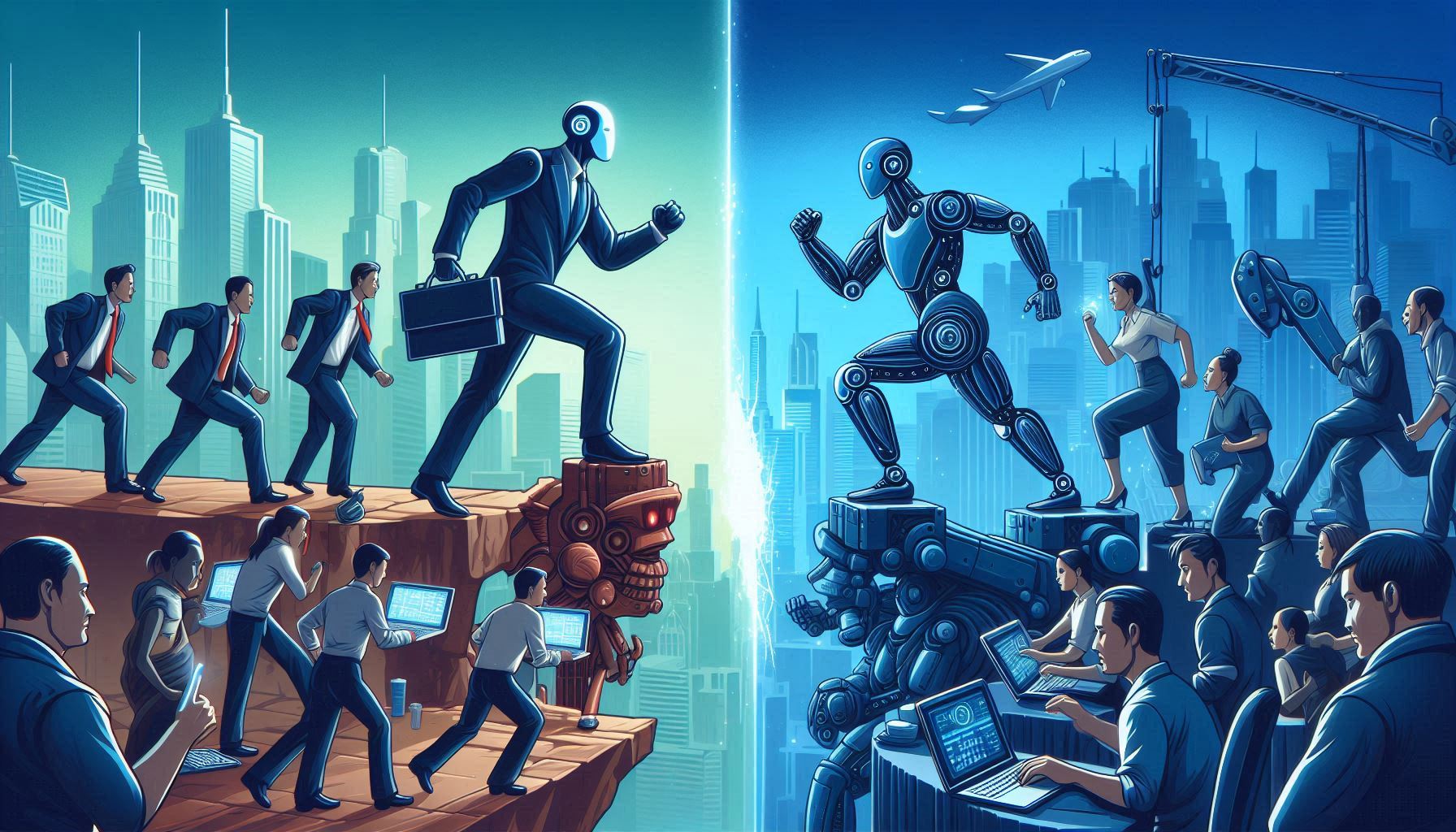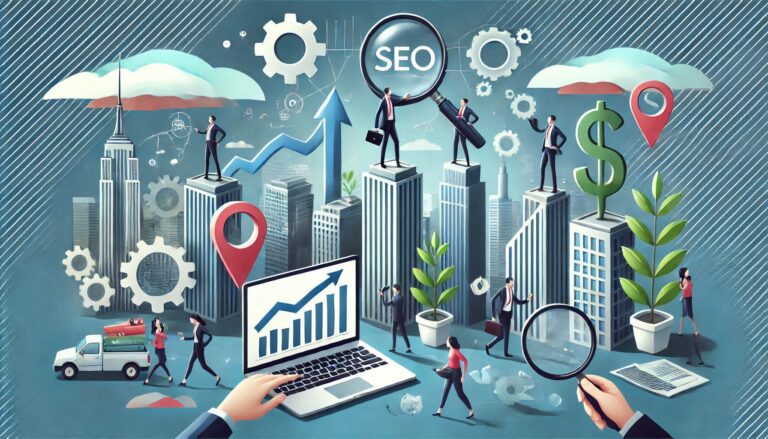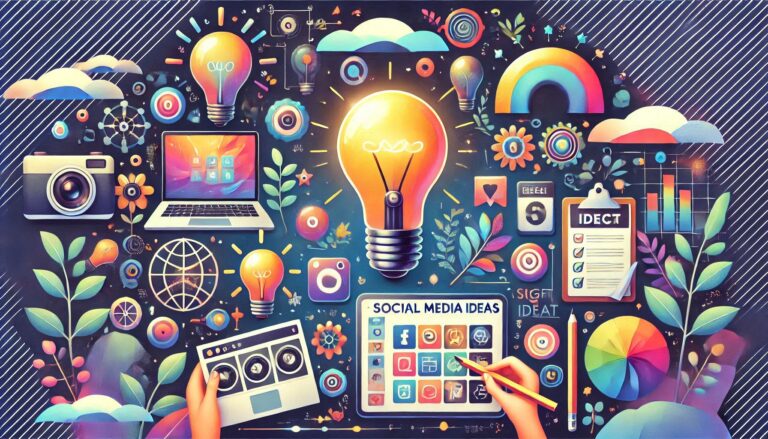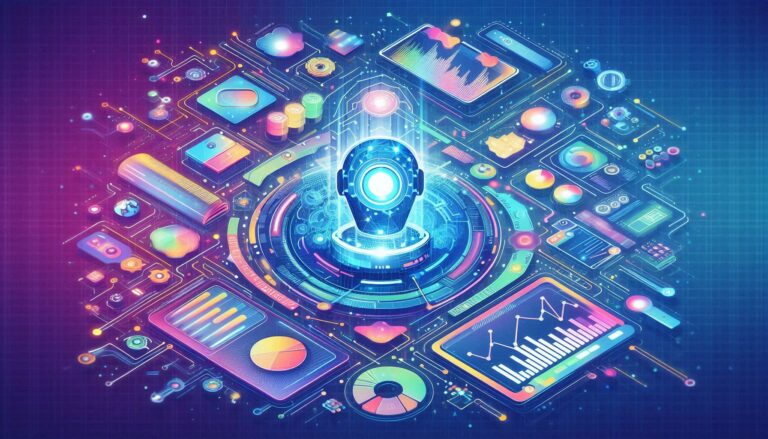Impact of AI on Workplace: Jobs vs. Automation Battle
Introduction
Artificial intelligence (AI) is no longer a distant concept confined to science fiction it is a transformative force redefining workplaces across industries. From sophisticated algorithms optimizing workflows to automation handling routine tasks, AI is challenging conventional notions of employment. As businesses race toward digital efficiency, workers face an evolving landscape where machines complement, compete with, or even replace human roles.
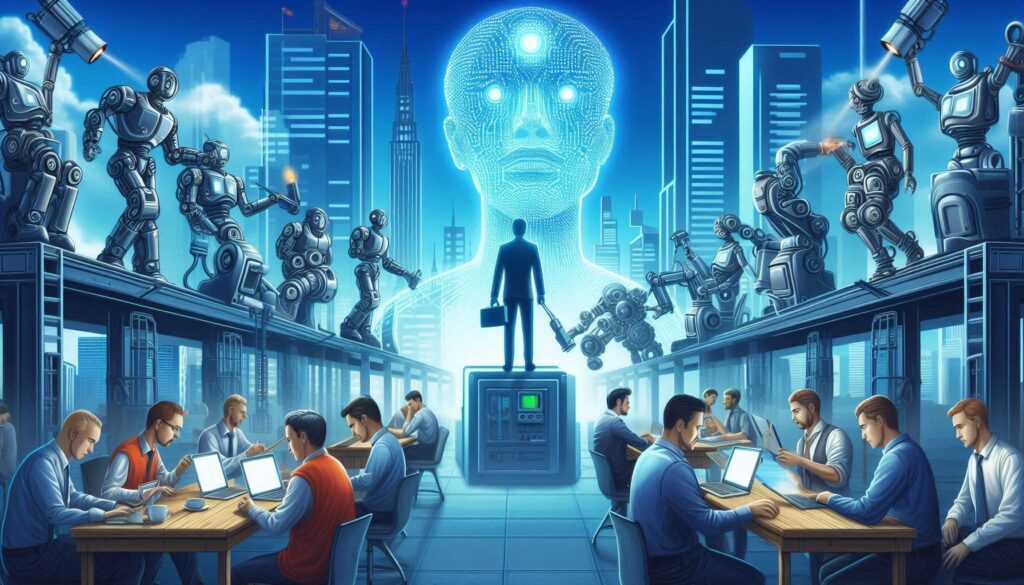
The Rise of AI in the Modern Workplace
AI has permeated nearly every sector, enhancing efficiency and decision-making at an unprecedented scale. Businesses leverage AI-driven analytics to forecast market trends, streamline operations, and personalize customer experiences. In manufacturing, robotics handle assembly lines with precision. . Meanwhile, healthcare utilizes machine learning for diagnostics, revolutionizing patient care. These advancements underscore AI’s role as both a disruptor and an enabler, redefining traditional employment structures.
How AI Is Reshaping Traditional Workflows
Gone are the days when businesses relied solely on human intuition for operational decisions. AI-infused systems now automate complex processes, reducing errors and accelerating productivity. Supply chains optimize themselves in real time, chatbots handle customer inquiries with near-human fluency, and HR departments deploy AI to screen job applicants. While these improvements enhance efficiency, they also render certain roles obsolete, forcing professionals to adapt to a landscape where AI-driven systems shoulder much of the workload.
The Evolution of Automation: From Machines to Smart AI
Automation has existed for centuries, from rudimentary mechanized looms to industrial robots revolutionizing production lines. However, AI-infused automation represents a paradigm shift. Unlike traditional machinery that follows pre-programmed instructions, AI-driven systems learn, adapt, and make decisions independently. Neural networks mimic human cognition, enabling systems to refine strategies based on historical data. This shift toward intelligent automation raises critical concerns about job redundancy, as AI no longer merely assists but actively performs cognitive tasks once reserved for human expertise.
Jobs at Risk: The Roles AI Is Replacing!
As AI advances, certain job functions are increasingly vulnerable to automation. Data entry, telemarketing, and even some aspects of legal research are being phased out by sophisticated algorithms. Autonomous vehicles threaten transportation jobs, while AI-powered software encroaches upon administrative and customer service roles. The repetitive, rule-based nature of these tasks makes them prime candidates for automation, leaving millions at risk of redundancy unless they pivot toward roles demanding uniquely human qualities such as creativity, empathy, and critical thinking.
The Fate of Blue-Collar Workers in an AI-Driven World
For decades, blue-collar workers bore the brunt of automation, with robotics taking over manufacturing and logistics. Today, AI extends this trend, with autonomous systems infiltrating construction, agriculture, and transportation. Self-driving trucks threaten long-haul trucking jobs, while AI-powered drones monitor and maintain infrastructure. However, a silver lining exists AI also introduces new operational efficiencies, potentially creating demand for skilled technicians who oversee, program, and maintain these intelligent systems.

